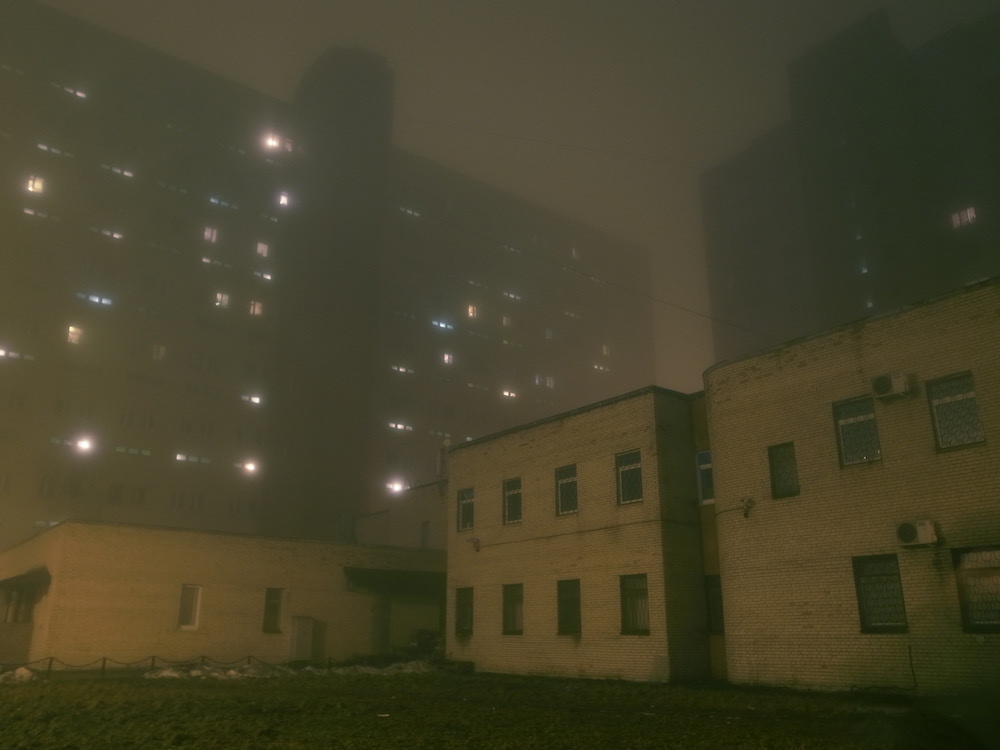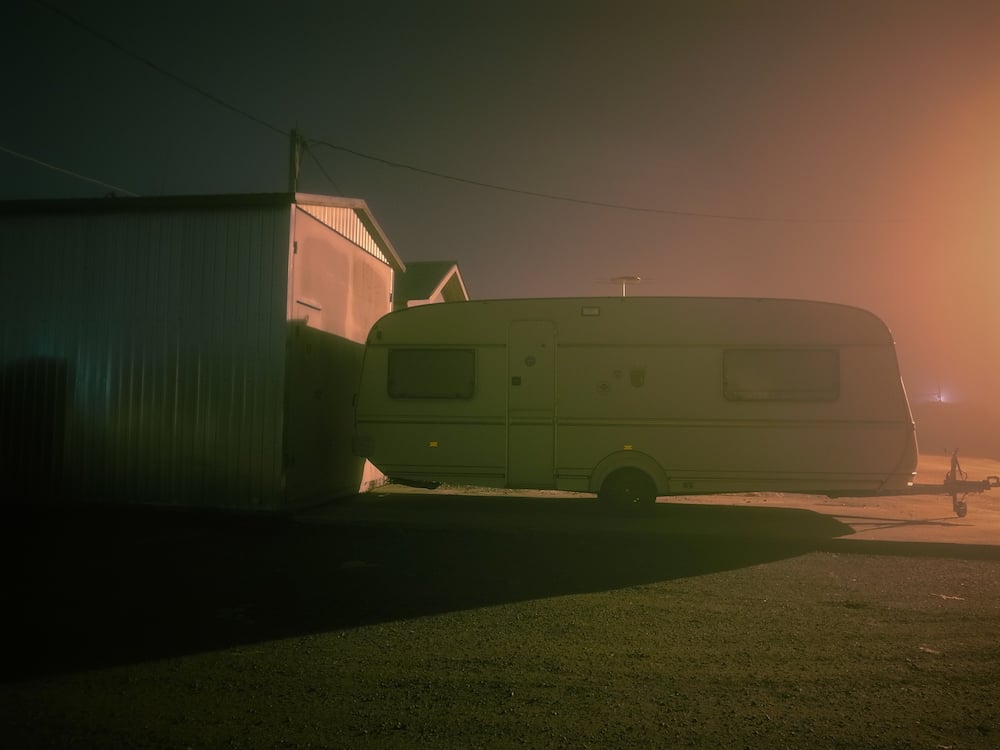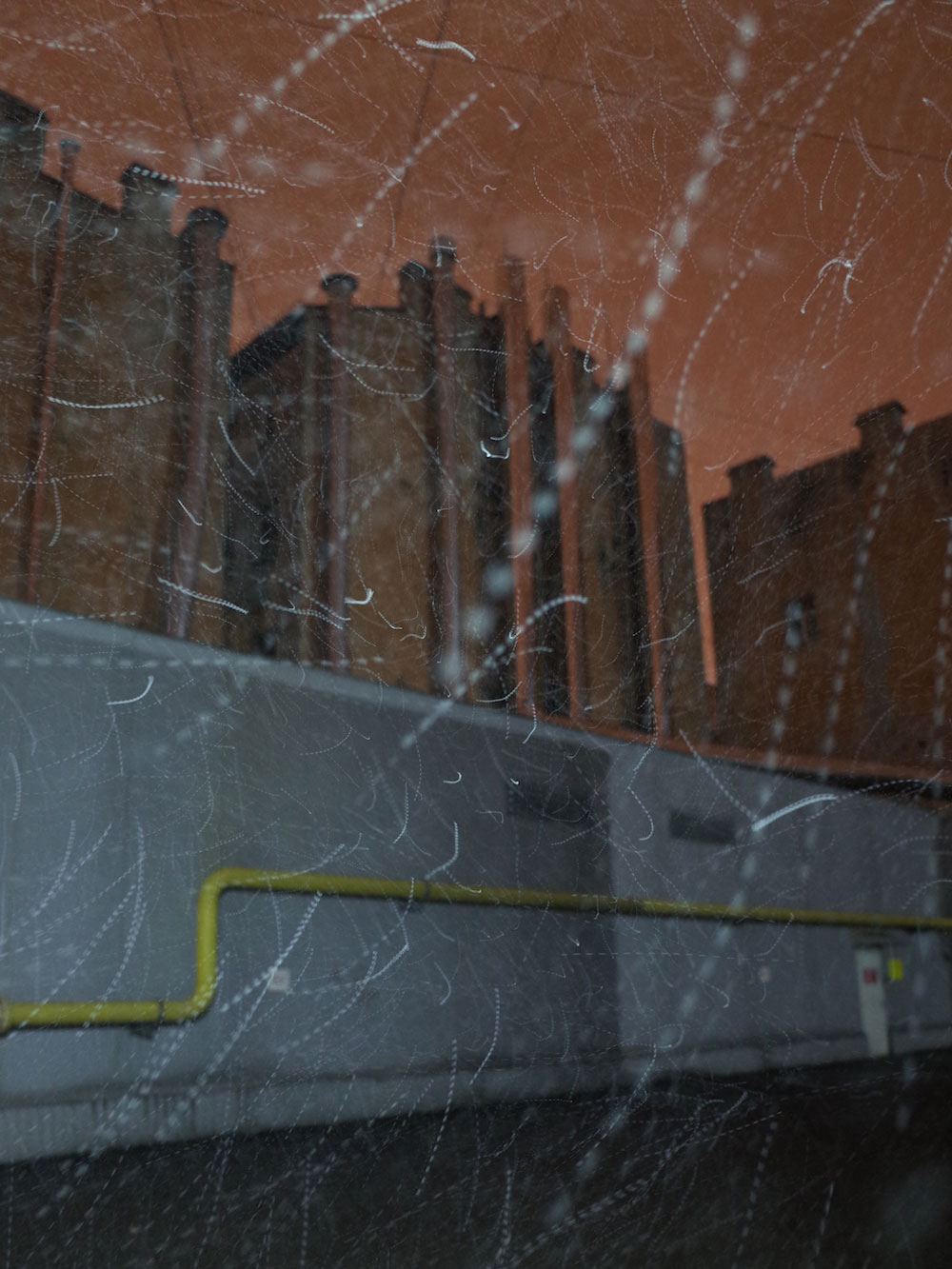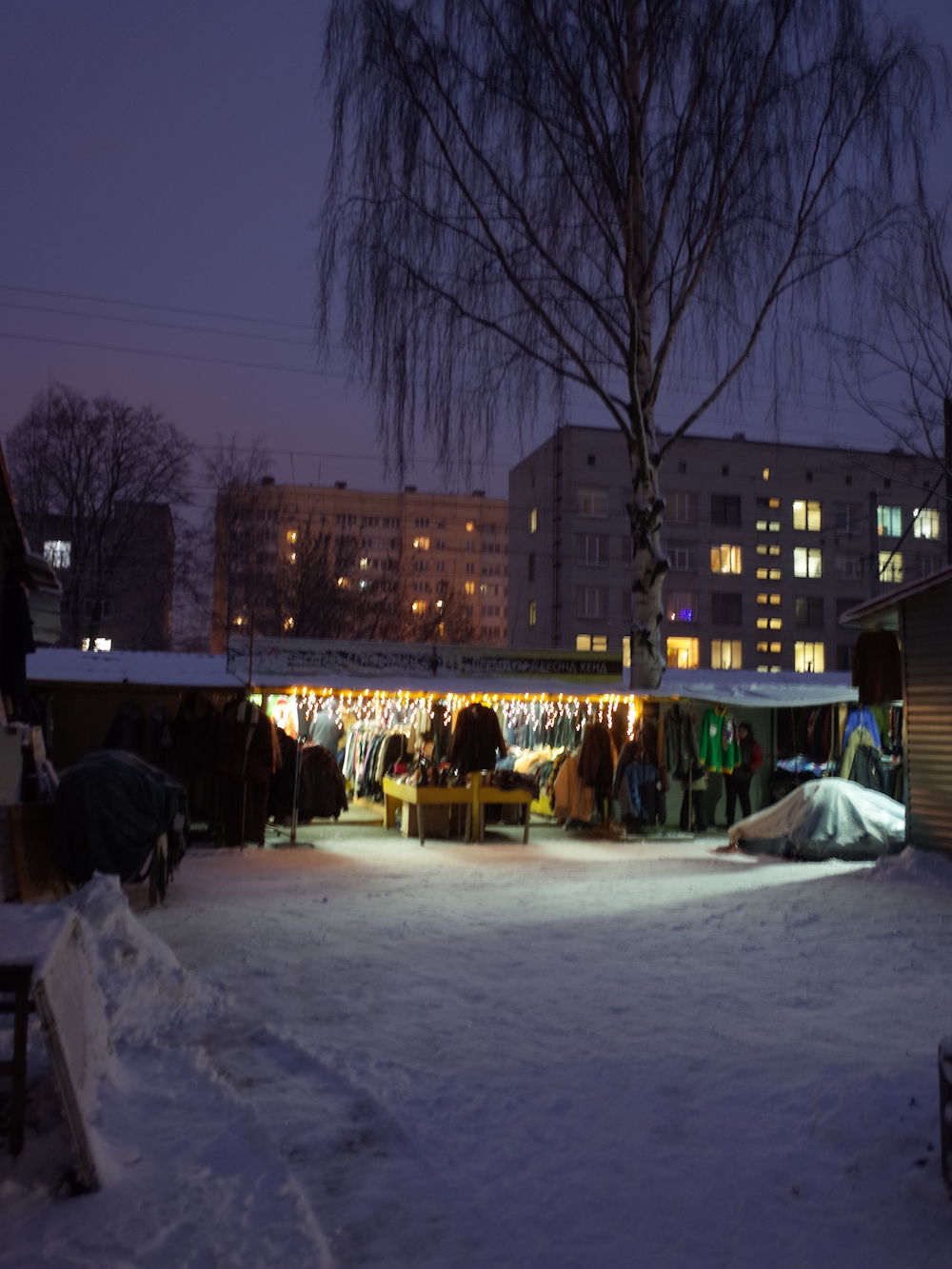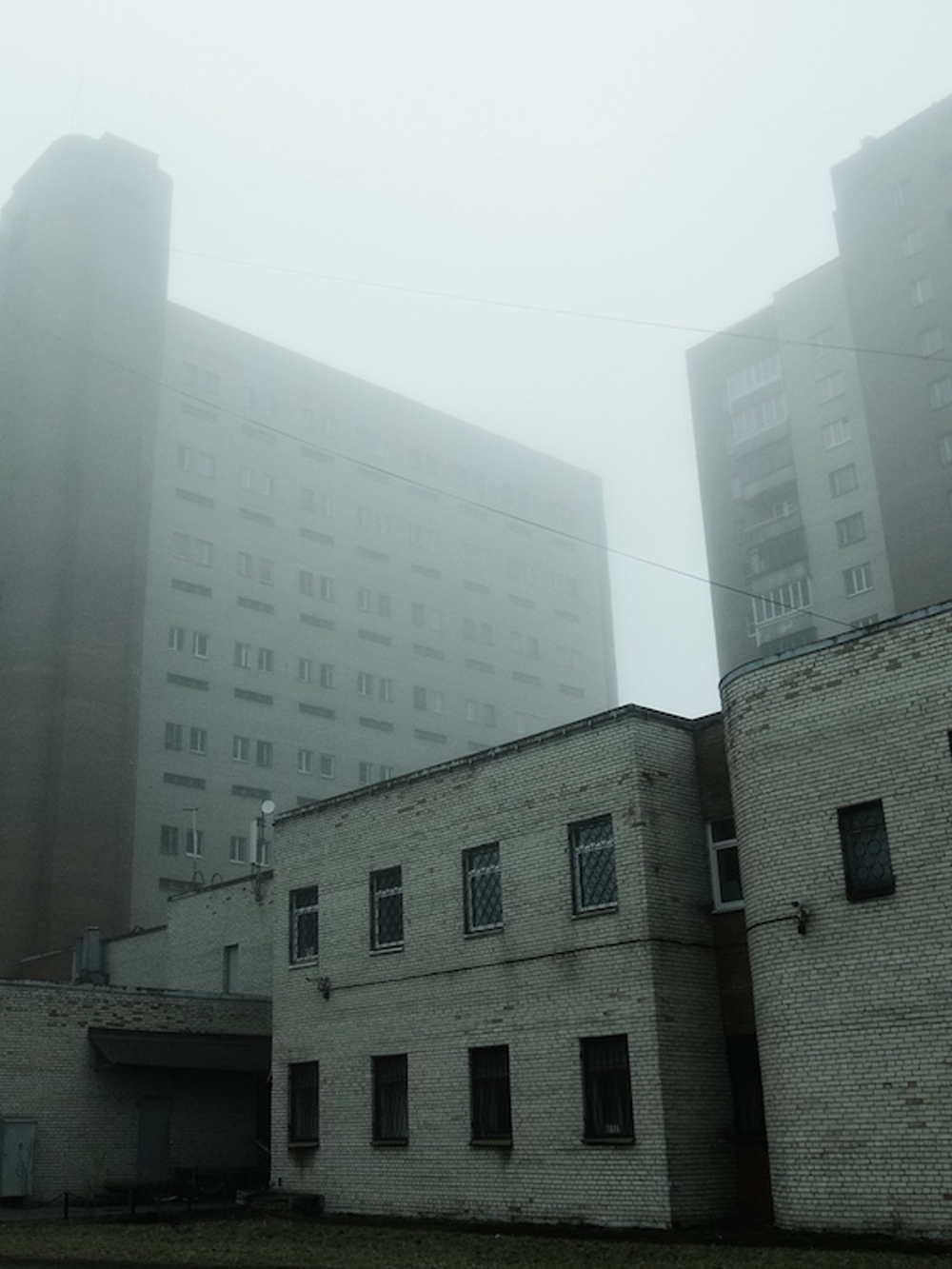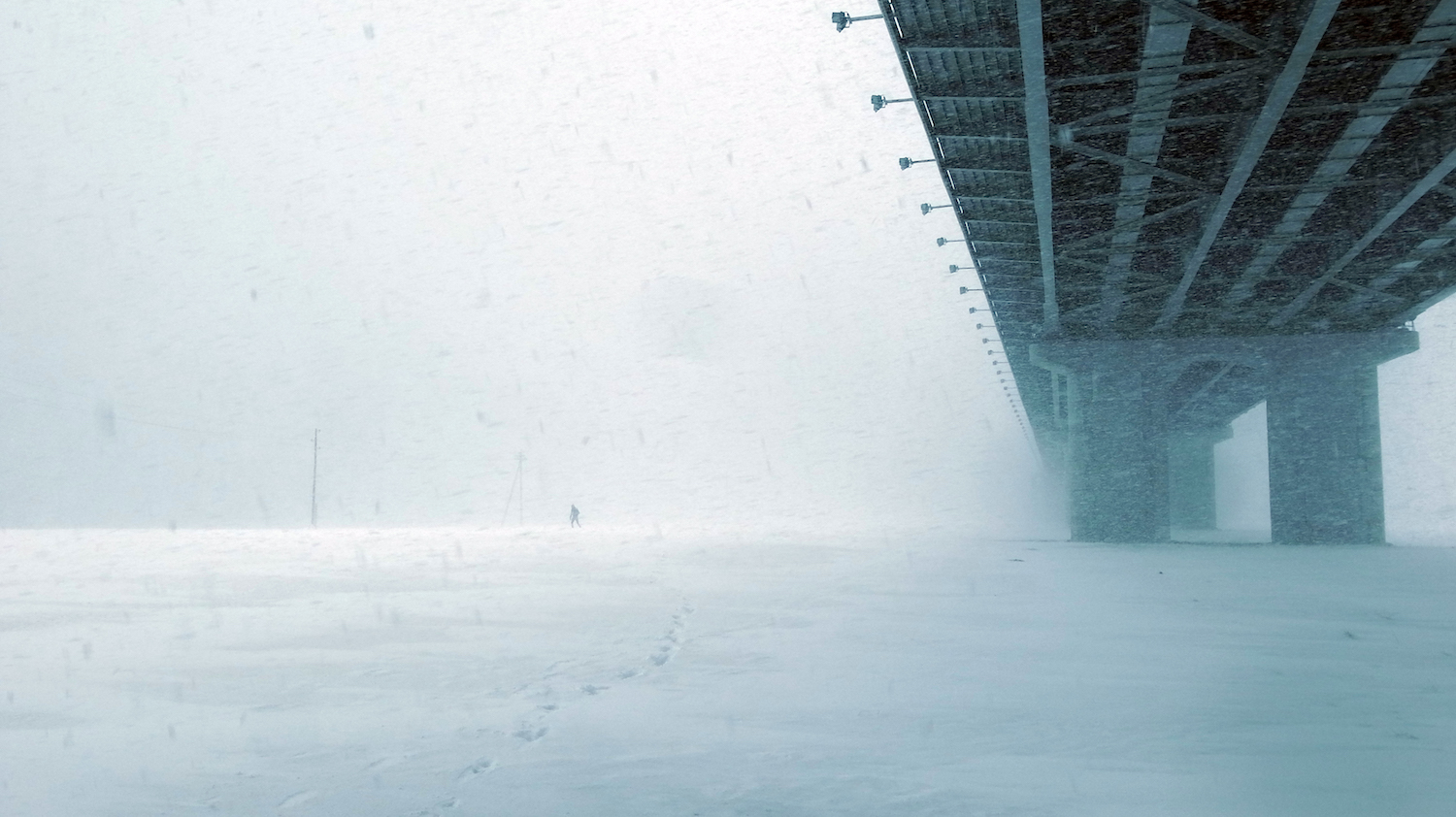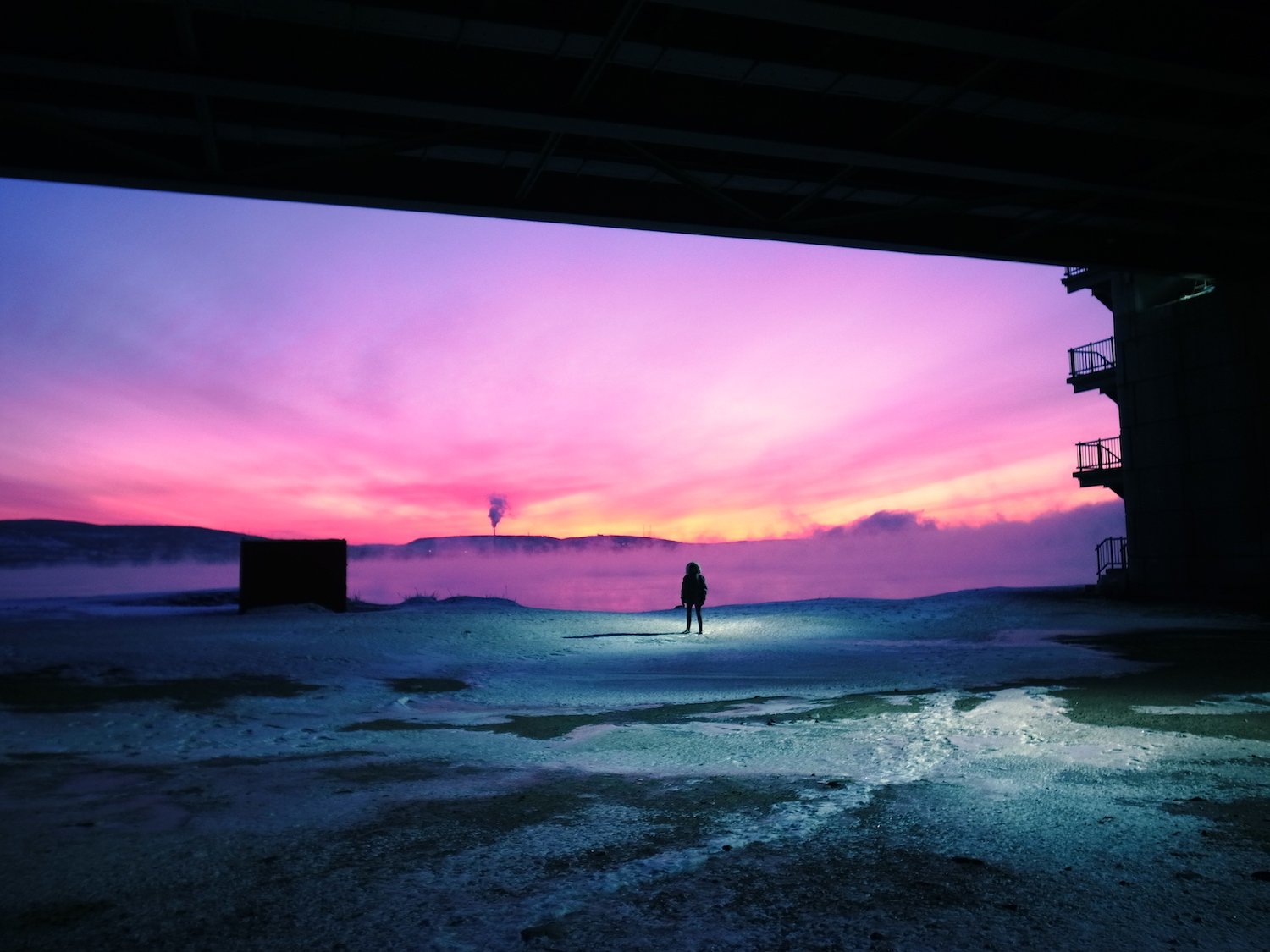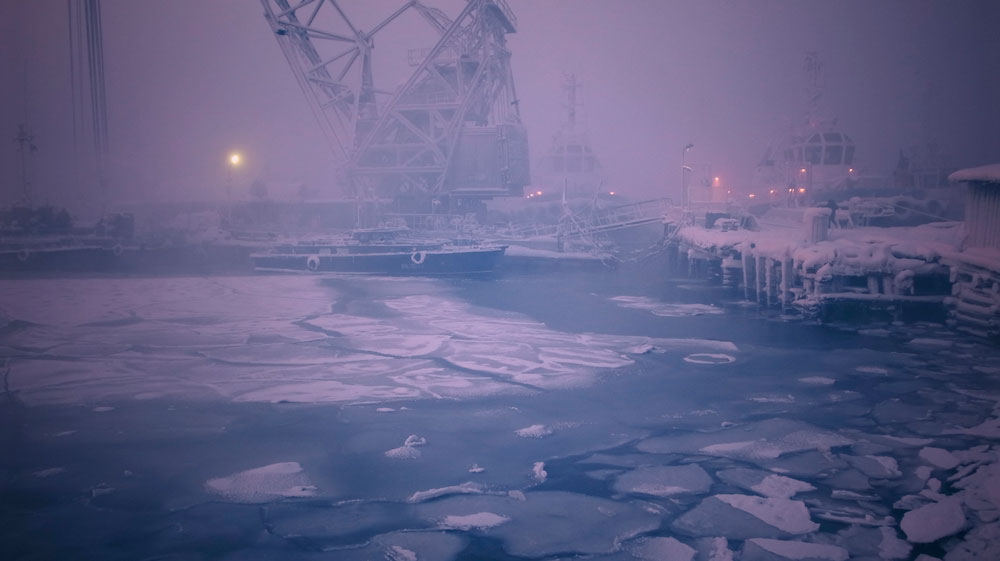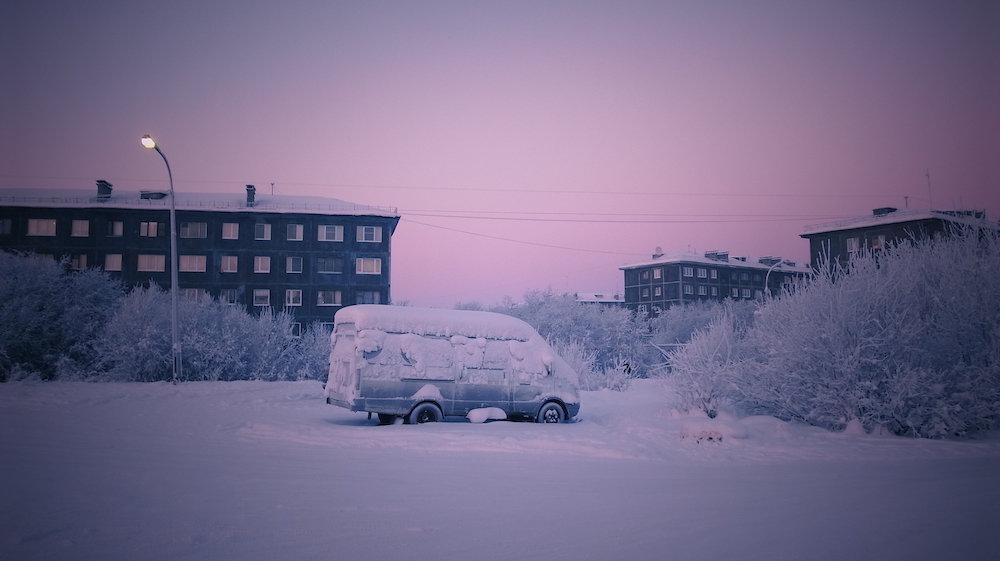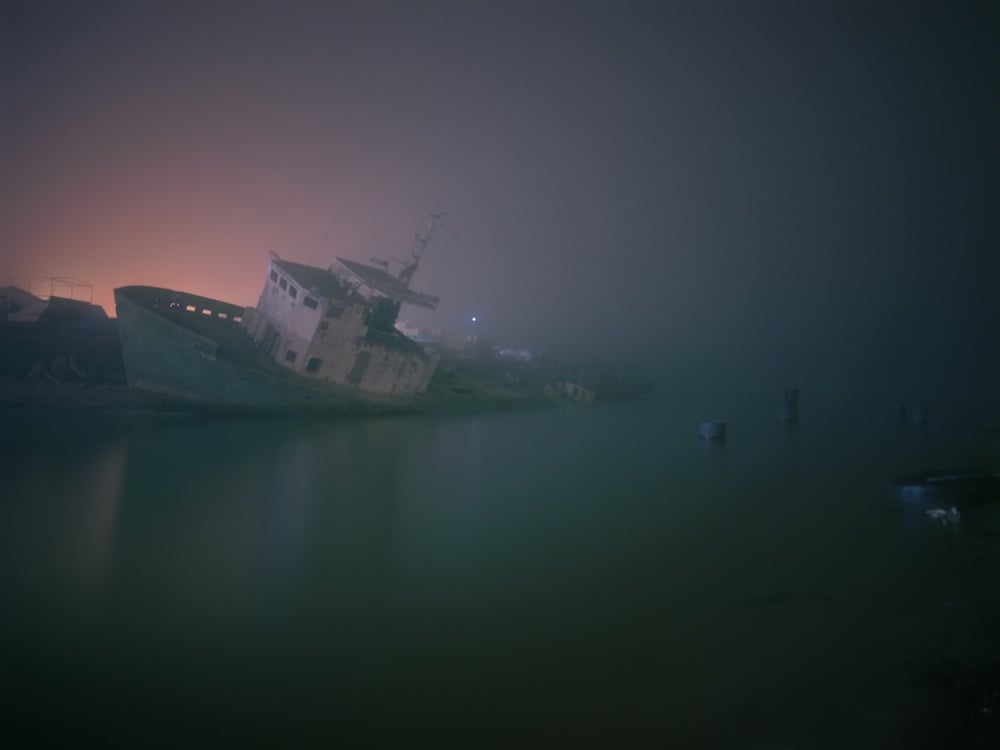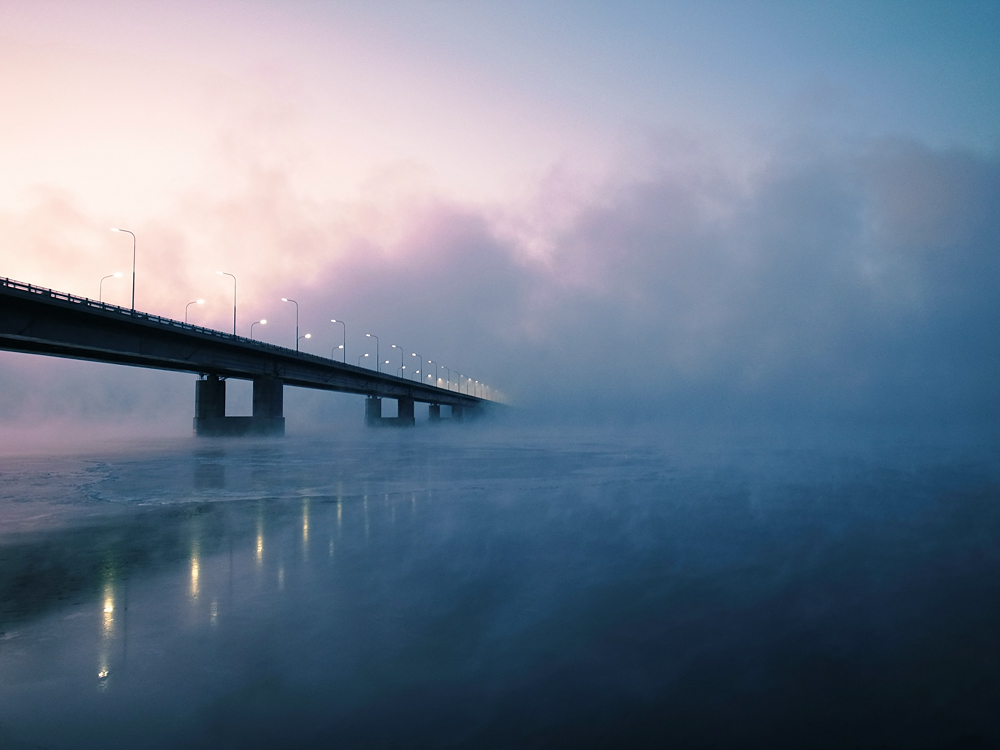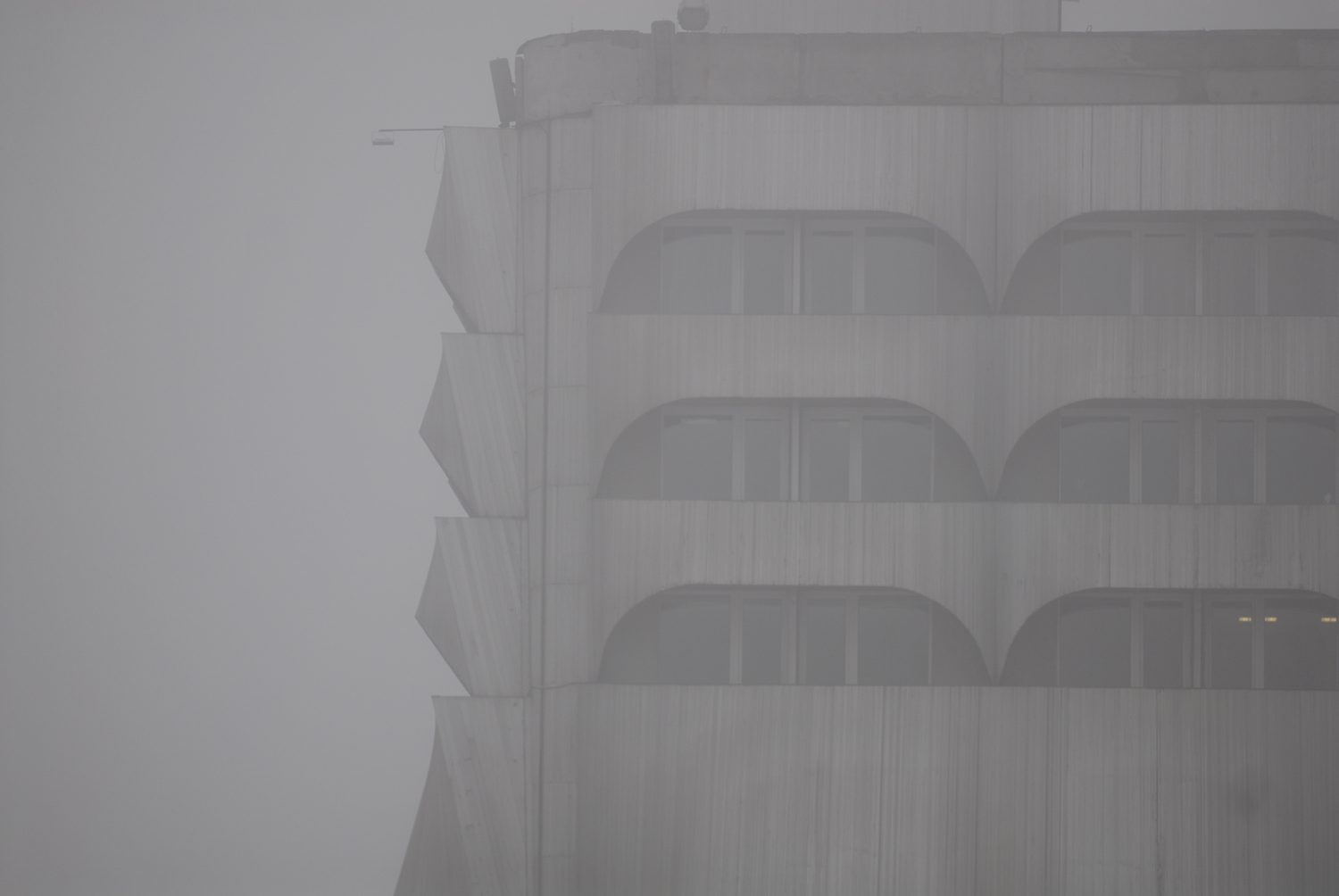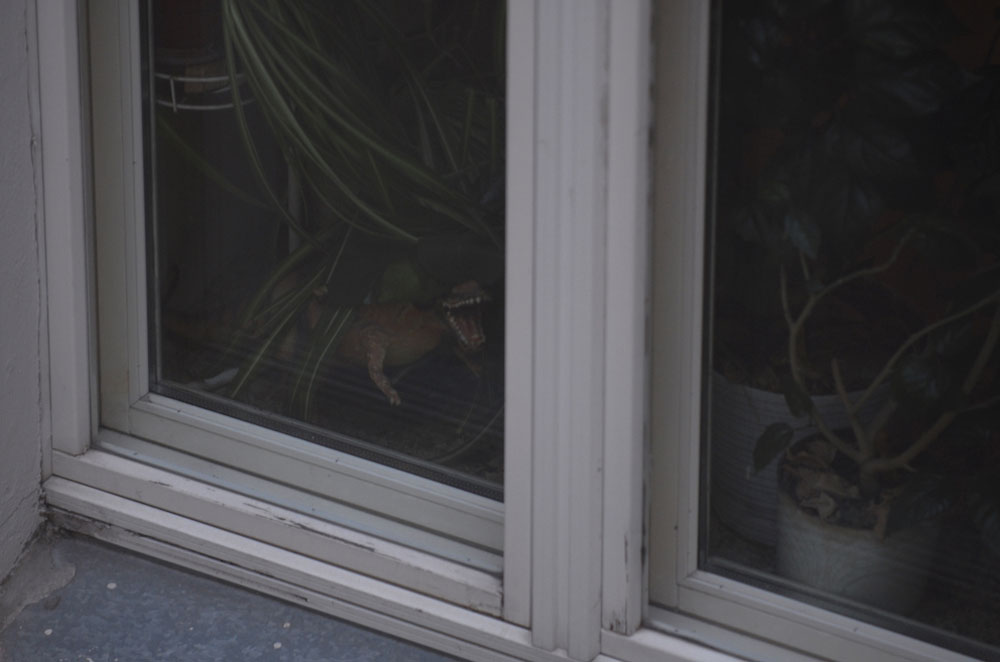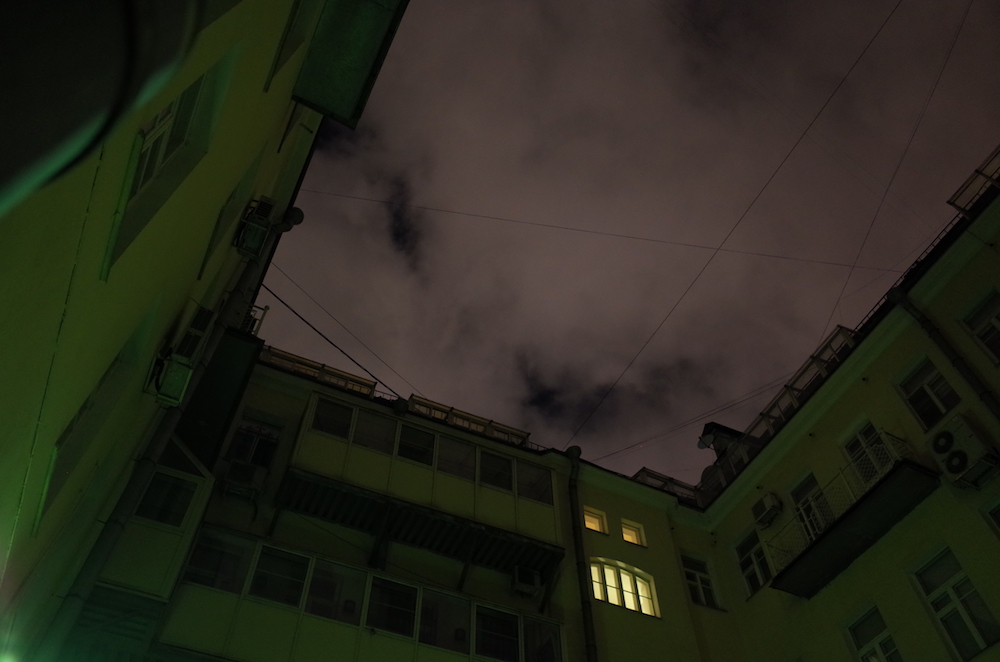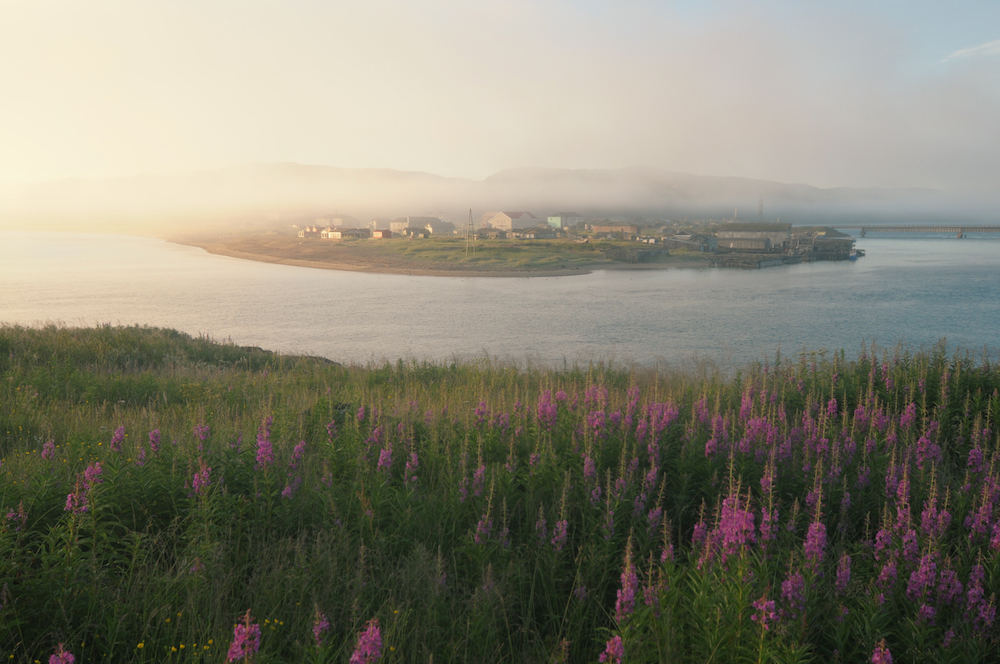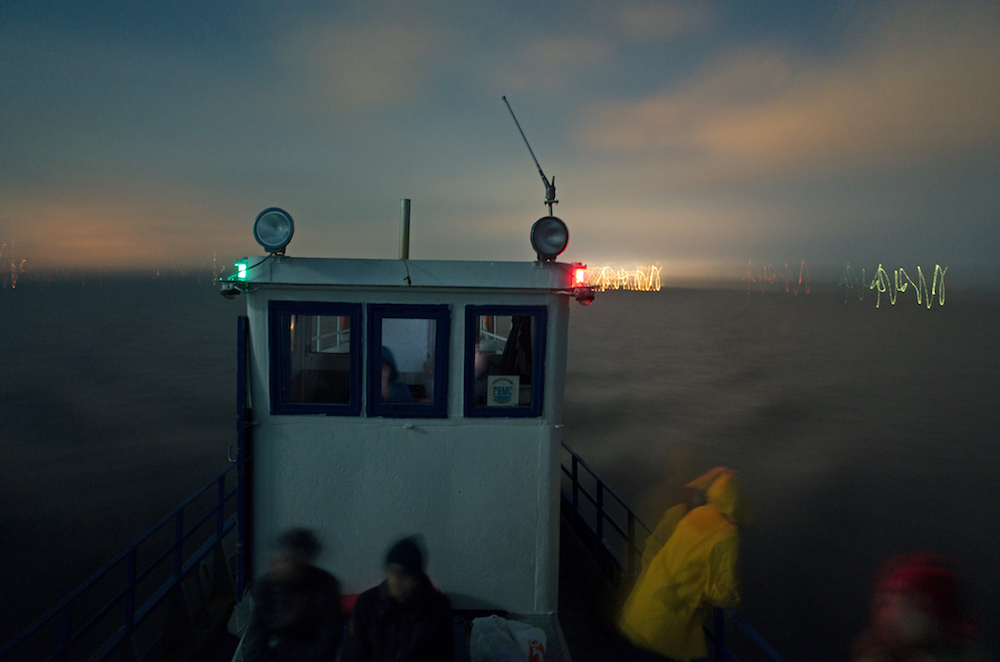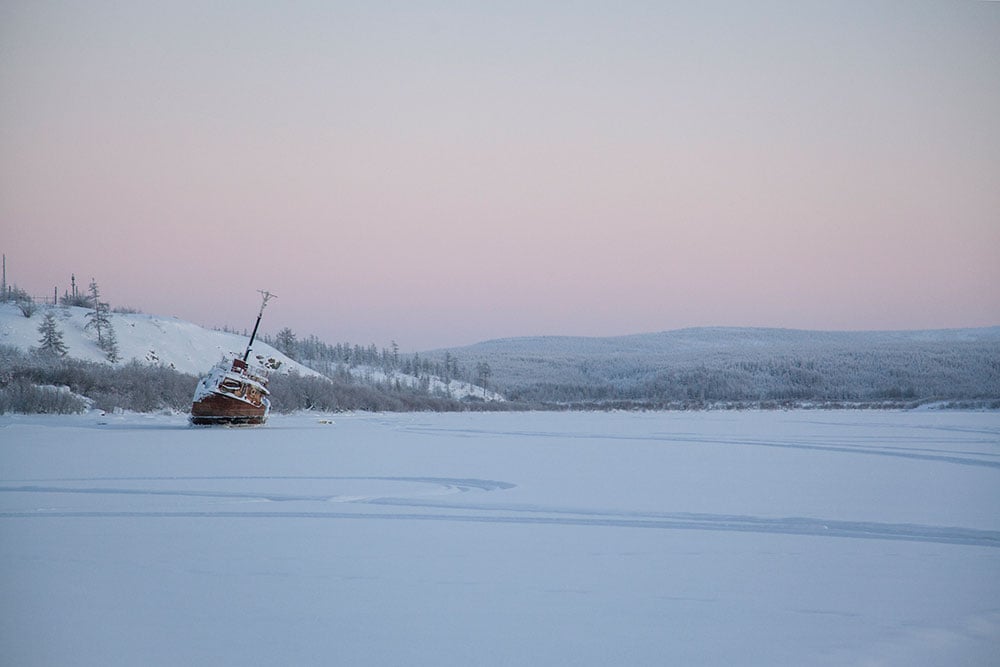Chasing light: how to survive Russia’s dark winters as a photographer
With only three hours of daylight in winter, Murmansk-based photographer Serj Ius takes his best photos after dark
Photography is all about light — something that’s hard to come by in winter when you live in Murmansk, the world’s largest city above the Arctic Circle. Add to that subzero temperatures and biting cold wind blowing from the Arctic Ocean, and you’ve got unpleasant shooting conditions for your average urban photographer. For Serj Ius, -38ºC isn’t all that bad. Born in Murmansk, he has been documenting his hometown since 2000. When he’s not playing music, he’s exploring the city’s industrial zones, railroads or harbour with his camera. “I work in a bar till late at night. It’s always silent outside after nightfall. The best option is not to sleep, but check the weather forecast, take a taxi and go.”
The only light in Ius’s photos emanates from bright halogen street lamps, the apartment windows of sleepless residents and fairy lights strung on shop fronts before New Year. The streets are deserted, and the thick fog and flurries of snow create a peaceful yet surreal atmosphere. Ius prefers to shoot with a compact camera for its portability: “Cameras are prone to breaking in this type of weather. The Ricoh GR is a universal camera. What drew me to it was its size, its sensor and how stealthy and silent it is.” What other equipment does one need to get through the cold, dark nights? “One, if not several cameras, a tripod, extra batteries, extra warm military clothes, combat boots with thick socks, a knife and a flask with brandy” are some of the must-haves Ius brings with him on his nocturnal wanderings.
Not all of Ius’s photos are taken after hours. During winter in Murmansk, dawn arrives as late as 12pm and dusk creeps up as early as 3pm. His photos of the sleepy Kola harbour are taken in this three-hour interval — the average length of a winter’s day in the Arctic city. “The Gulf stream leads to unusally warm waters. In winter water temperatures are +2º or +3º C while the temperate is -30 or under,” Ius points out. Though this means the Barents Sea doesn’t freeze, it causes the the surroundings to be hidden in a dense fog, as seen in his photos of Kola harbour. “Usually I have to plan the photos I want to take in spring or summer before the “season of fogs” arrives. Sometimes my plans are ruined because the object I set out to capture is gone or just removed. So I have to improvise. I’m always open to experiments and exploring something new. When I’m tired of shooting landscapes I often go to bars and take pictures of people.”
Besides Kola harbour, the photographer’s other favourite spot in Murmansk is the Kola Bay Bridge. The bridge spans 1.6 km, connecting Murmansk with Western districts of the Murmansk region, as well as Norway and Finland. In summer the bridge plays host to relay races, sports competitions, exhibitions and performances, all part of an annual festival known as the “Murmansk Mile”. In these winter shots, however, you can barely see across the bay: the bridge just melts into the fog. “I take my camera everywhere,” says Ius. His Instagram features photos from recent trips to St Peterburg, Lake Ladoga in the Republic of Karelia, as well as Denmark, Belarus and Germany. Outside of Russia, his favourite locations for urban and street photography are the bodegas in Copenhagen and the port of Hamburg. Even if you’re not a nightcrawler, Murmansk is still a fantastic place to visit with your camera — it’s just better to go in summer, Ius suggests. “From the beginning of October till the end of January it’s mostly cold and dark. But if you arrive there at the end of May and stay there till the end of July, you will witness its longest days. It’s incredible. If you’re lucky can catch 24 hours of daylight.”
Text: Liza Premiyak
Image: Serj Ius
